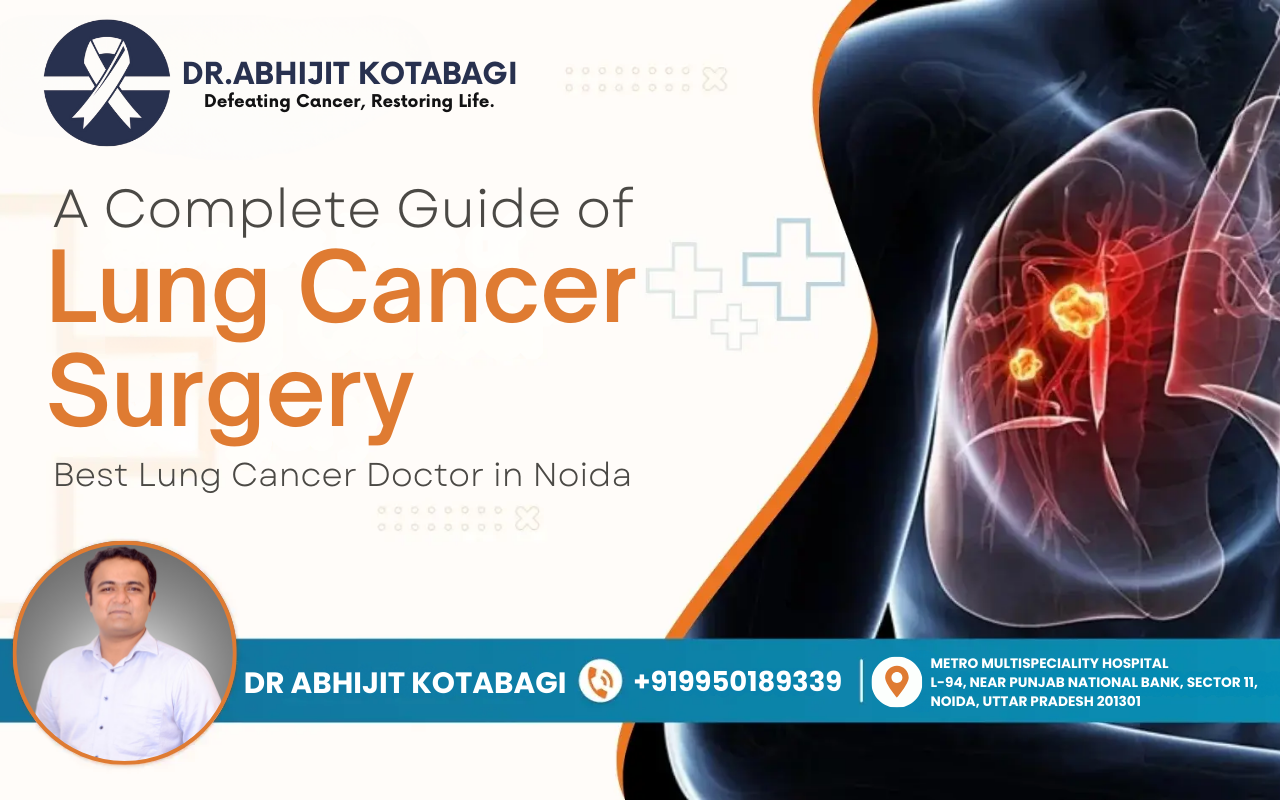The Truth About Breast Cancer Surgery: Myths, Facts & What You Should Know
When someone hears the words “breast cancer,” one of the first thoughts that comes to mind is surgery. It's an emotional and often overwhelming part of the breast cancer journey, surrounded by fear, misinformation, and confusion. Whether you're a patient, a caregiver, or just seeking knowledge, understanding the truth about breast cancer surgery is critical for making informed decisions.
In this in-depth guide, we’ll break down the myths, lay out the facts, and answer the most common questions people have. By the end, you’ll feel more confident and informed about what breast cancer surgery truly involves.
1. What Is Breast Cancer Surgery?
Breast cancer surgery refers to a procedure where a surgeon removes cancerous tissue from the breast. The goal is to eliminate as much of the cancer as possible, which can help stop it from spreading and improve long-term survival. There are different types of surgeries, which we'll cover below, depending on the stage of cancer, tumor size, and patient preference.
2. Types of Breast Cancer Surgery
There are several surgical options available depending on the individual case:
a. Lumpectomy (Breast-Conserving Surgery)
In a lumpectomy, only the tumor and a small margin of surrounding tissue are removed. The rest of the breast is left intact. This is usually followed by radiation therapy.
b. Mastectomy
A mastectomy involves removing the entire breast. There are subtypes, including:
- Simple or total mastectomy
- Modified radical mastectomy
- Skin-sparing mastectomy
- Nipple-sparing mastectomy
c. Lymph Node Surgery
To check if cancer has spread, lymph nodes in the armpit (axillary nodes) may be removed and tested.
d. Reconstructive Surgery
Some women opt for breast reconstruction, either immediately after a mastectomy or later on. This can involve implants or tissue from another part of the body.
3. Common Myths About Breast Cancer Surgery
Let’s debunk some of the most widespread misconceptions:
Myth 1: Mastectomy Is Always Better Than Lumpectomy
Fact: Studies have shown that for early-stage breast cancer, lumpectomy plus radiation is just as effective as mastectomy in terms of survival rates.
Myth 2: Surgery Causes Cancer to Spread
Fact: Surgery does not cause cancer to spread. This is a persistent myth. In fact, early surgical removal can prevent cancer from spreading.
Myth 3: You Don’t Need Surgery If You're Getting Chemotherapy
Fact: In most cases, surgery is still necessary even if you’ve had chemotherapy or radiation. These treatments are often used in combination for the best results.
Myth 4: Breast Cancer Surgery Is Always Disfiguring
Fact: Thanks to advances in surgical techniques and reconstruction options, many women retain or regain the appearance of their breasts.
4. How to Decide Which Surgery Is Right for You
Making the right decision involves several factors:
- Tumor size and location
- Stage of cancer
- Genetic factors (like BRCA mutations)
- Patient’s age and overall health
- Personal preferences and lifestyle
It’s crucial to consult with a multidisciplinary team including your surgeon, oncologist, and plastic surgeon if considering reconstruction.
5. Breast Reconstruction: What Are Your Options?
After a mastectomy, some patients choose to undergo breast reconstruction. Here are the main types:
a. Implant-Based Reconstruction
Involves using silicone or saline implants to rebuild the shape of the breast.
b. Autologous (Flap) Reconstruction
Uses tissue from another part of your body (like the abdomen or back) to form a new breast.
c. Delayed vs. Immediate Reconstruction
Reconstruction can happen at the time of your mastectomy (immediate) or at a later time (delayed), depending on your treatment plan.
6. Preparing for Breast Cancer Surgery
Preparation can make a big difference in your physical and emotional recovery.
- Ask questions about the procedure, recovery, and risks.
- Plan for help at home for a few weeks post-surgery.
- Eat well and stay active to improve healing.
- Address your emotions. Talk to a therapist or join a support group.
7. What to Expect After Surgery
The recovery process varies depending on the type of surgery. Here’s what most patients can expect:
- Pain and swelling around the surgical area
- Limited arm mobility for a few days or weeks
- Drain tubes in some cases (usually removed within a week)
- Follow-up appointments to monitor healing and check for complications
Most patients return to normal activities within 2 to 6 weeks.
8. Risks and Complications of Breast Cancer Surgery
While breast cancer surgeries are generally safe, like any surgery, there are some risks:
- Infection
- Bleeding
- Fluid buildup (seroma)
- Scarring
- Loss of sensation
- Lymphedema (swelling in the arm due to lymph node removal)
Discuss these risks thoroughly with your surgical team beforehand.
9. Emotional Impact of Surgery
The emotional toll of breast cancer surgery is often underestimated. Some patients may experience:
- Body image concerns
- Depression or anxiety
- Fear of recurrence
It’s important to seek emotional support through therapists, support groups, or online communities. Healing is not just physical—it’s also mental and emotional.
10. Post-Surgery Follow-Up and Long-Term Care
After surgery, regular follow-ups are critical to
- Monitor for recurrence
- Manage any side effects
- Adjust treatment plans if needed
- Support mental and emotional well-being
You'll likely have mammograms, physical exams, and sometimes blood tests or imaging studies
Conclusion: Know the Facts, Not the Fear
Breast cancer surgery can sound frightening, but when approached with the right information, it becomes a powerful tool for healing and survival.
Don’t let myths or outdated beliefs cloud your judgment. Speak to your healthcare provider, ask questions, and take time to understand your options. Every person’s journey is unique, and there’s no one-size-fits-all approach.
Leave a Reply
Your email address will not be published. Required fields are marked *



